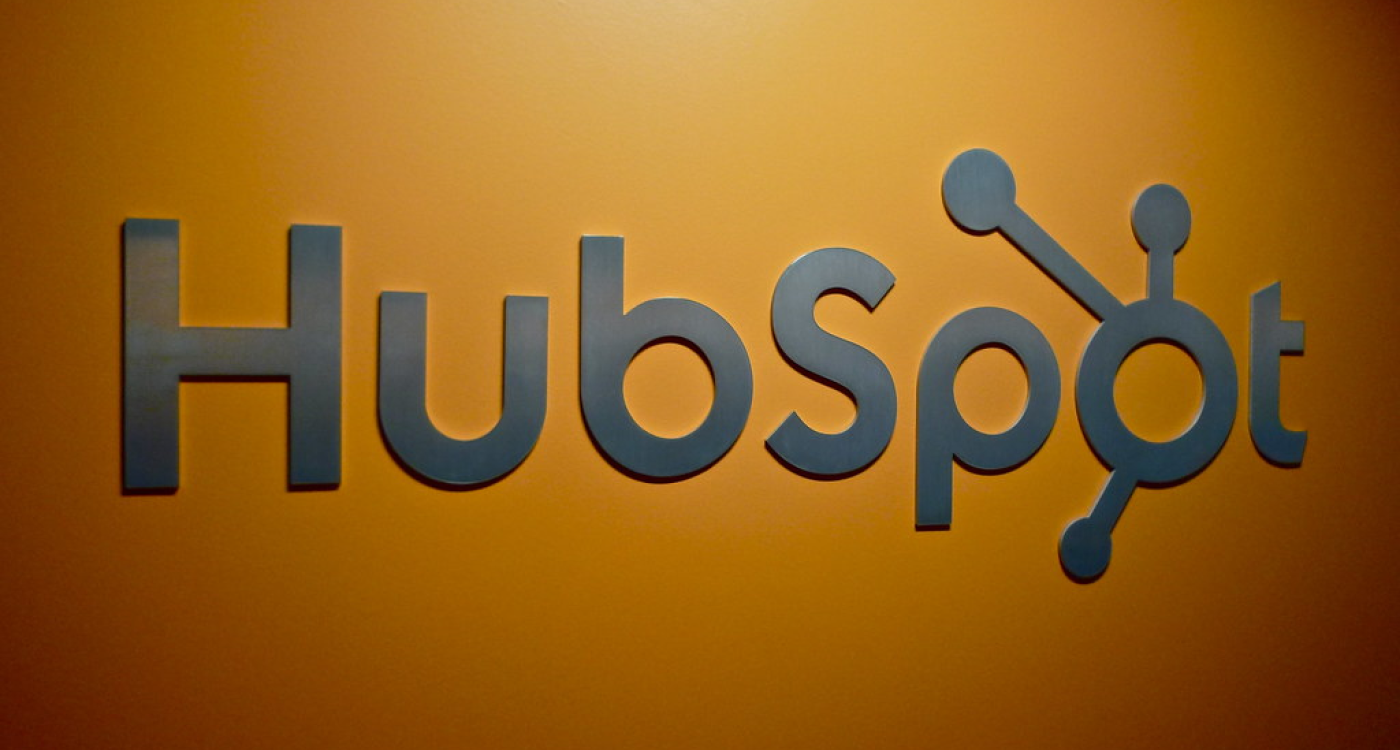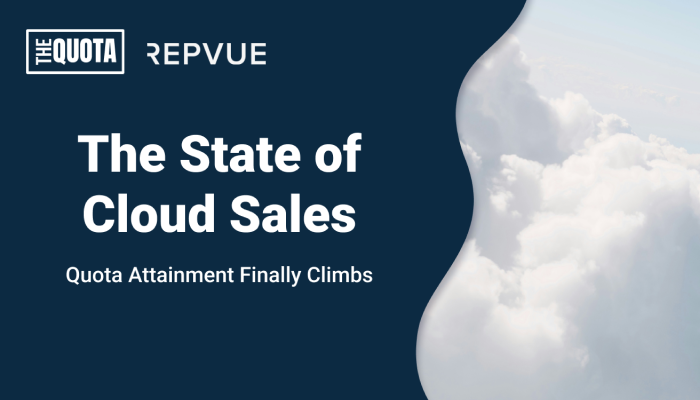
When Brian Halligan and Dharmesh Shah met at MIT in 2005, the two weren’t thinking about building a massive software company. They spent most of their early conversations dissecting why buyers were behaving so differently from the companies trying to sell to them. People were finding answers on blogs, forums, and search engines long before a salesperson ever got involved. Many sales teams hadn’t adjusted to that shift, and the gap grew bigger each year.
Halligan had watched this happen firsthand while working in sales leadership roles. Shah had a running commentary on the subject through his popular blog, OnStartups. Their perspectives lined up: buyers weren’t hiding; companies just weren’t looking in the right places. That simple observation turned into a business plan, and in 2006 they opened a small office in Cambridge under the name HubSpot.
Building a Company Out of an Idea Buyers Had Already Adopted
The early product was basic. It helped companies publish content, capture leads, and track what people were doing on their websites. The software wasn’t flashy, but it matched real behavior. The more interesting part was how HubSpot proved its own thesis. The blog, the ebooks, the beginner guides became the engine that filled the sales pipeline. Reps spent their days talking to people who had already read ten blog posts, downloaded something, or watched a webinar.
For a lot of reps, this was their first experience with inbound sales. Instead of dialing through a list, they opened their CRM to find prospects explaining their pain points through form submissions. It created a rhythm that other software companies eventually copied: educate first, close later.
Growing Pains and a Playbook Taking Shape
By 2010, HubSpot was no longer a small experiment. More prospects had heard about “inbound marketing,” and the sales team now had to explain detailed funnel concepts that many businesses hadn’t used before. Pipeline reviews included more data than most SMB teams had ever seen. Reps were trained to walk through conversion rates, blog performance, and landing-page testing with the same seriousness a traditional SaaS rep used for product demos.
The company’s culture at this time was fast, young, and demanding. Some employees loved it, others didn’t. But the pace helped HubSpot scale quickly. Funding rounds followed. The offices were filled with recent grads, career-switchers, and sales hires who bought into the idea that they were building a new kind of go-to-market machine.
The IPO and the CRM That Redefined the Company
The turning point came in 2014. HubSpot went public, which gave the company resources and visibility, but the far more important shift for sales teams was the release of HubSpot CRM. This product changed who the company spoke to. Before the CRM, HubSpot mainly lived on marketing budgets. With the CRM, the sales team now had a reason to talk to revenue leaders who had ignored the company for years.
The Dan Lyons Episode and an Unwanted Spotlight
The company’s momentum hit an uncomfortable moment in 2015 when former employee Dan Lyons released Disrupted, a critical memoir about his time inside HubSpot. The book painted the company as chaotic, age-biased, and obsessed with growth. What happened behind the scenes made the situation worse. A senior executive allegedly attempted to gain access to the manuscript through improper means, eventually losing his job and prompting an FBI investigation.
This episode followed the sales team for months. Prospects asked about it in demos. Longtime customers brought it up in renewals. HubSpot had to answer questions about its internal practices at the same time it was trying to mature into a public company with enterprise aspirations. It didn’t derail growth, but it forced a level of internal discipline the company hadn’t needed before.
Remote Work and the Flywheel Era
In 2020, when sales teams suddenly shifted to remote work, HubSpot became one of the systems that actually worked in the new environment. Reps relied on email templates, call logs, video-meeting notes, and CRM tracking to keep deals moving when in-person selling disappeared. The company emphasized the “flywheel” model during this period—a way of describing the loop between marketing, sales, and service that felt more natural than the traditional funnel.
The Current Chapter: Unifying Revenue Teams
Over the past few years, HubSpot has focused on consolidation and automation. AI now appears throughout the CRM, from email suggestions to forecasting notes. Reporting has become central to how leadership teams operate inside the platform. The product’s direction has shifted toward giving revenue teams one system that doesn’t require a full-time admin to maintain.
Why the Story Matters for Sales Leaders Today
HubSpot’s history mirrors the shifts many sales teams experienced over the last two decades. Buyers became self-directed. Marketing created far more influence on the pipeline. CRMs had to become usable or salespeople ignored them. And companies learned that revenue operations work only when every team shares the same information.
HubSpot didn’t create those trends, but it aligned itself with them early and adjusted quickly as they evolved. Its trajectory shows how a sales organization can grow when it studies buyer behavior, adapts internal processes to it, and keeps adjusting the product to reflect how companies actually sell.







